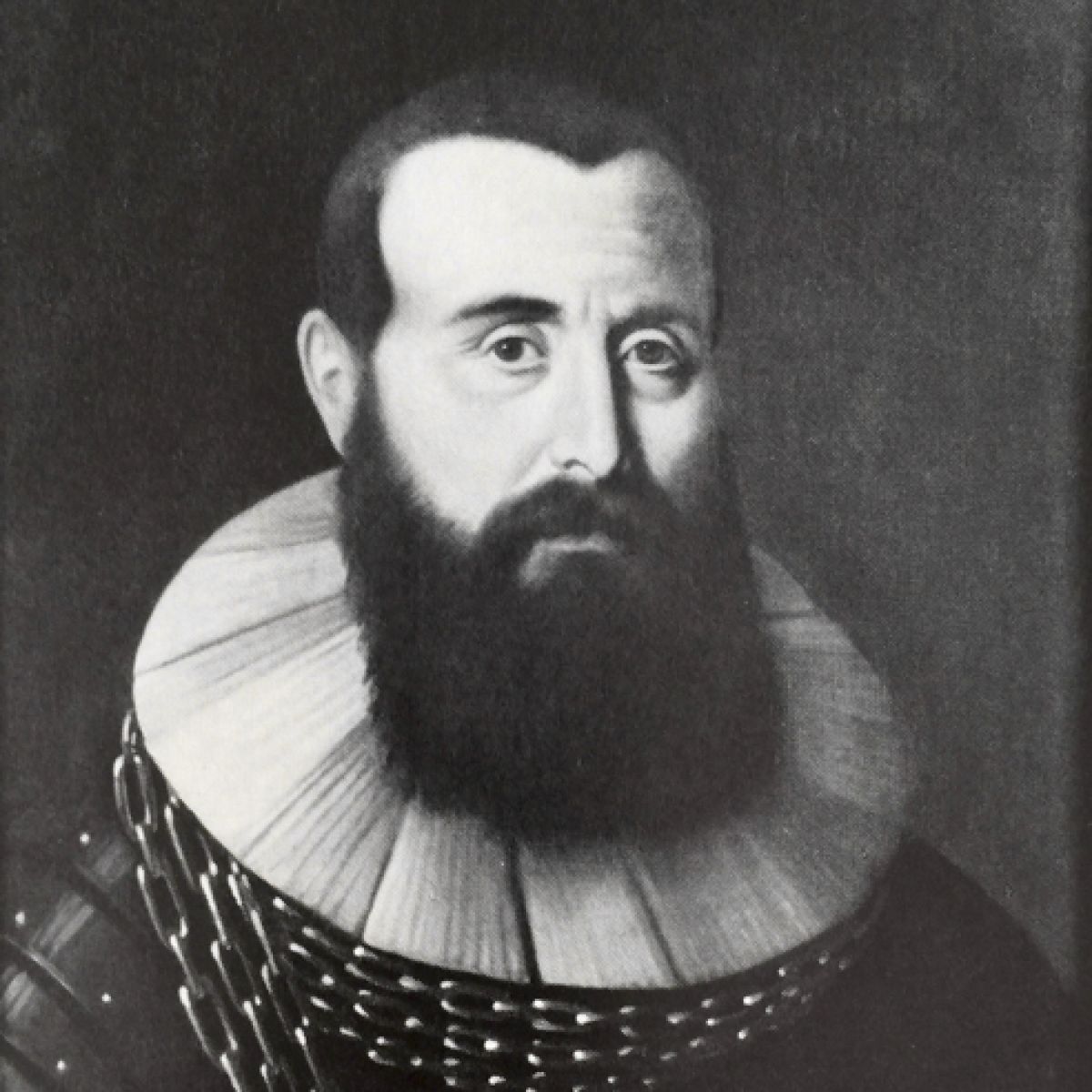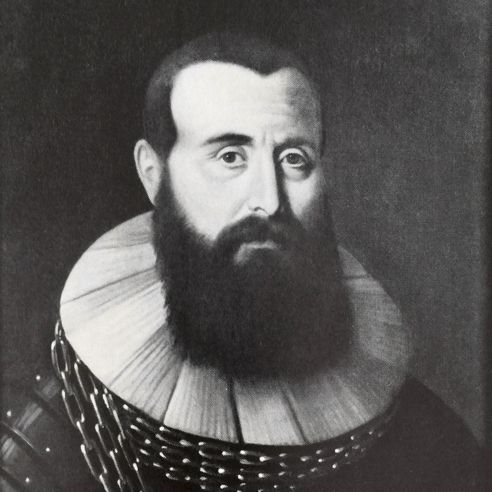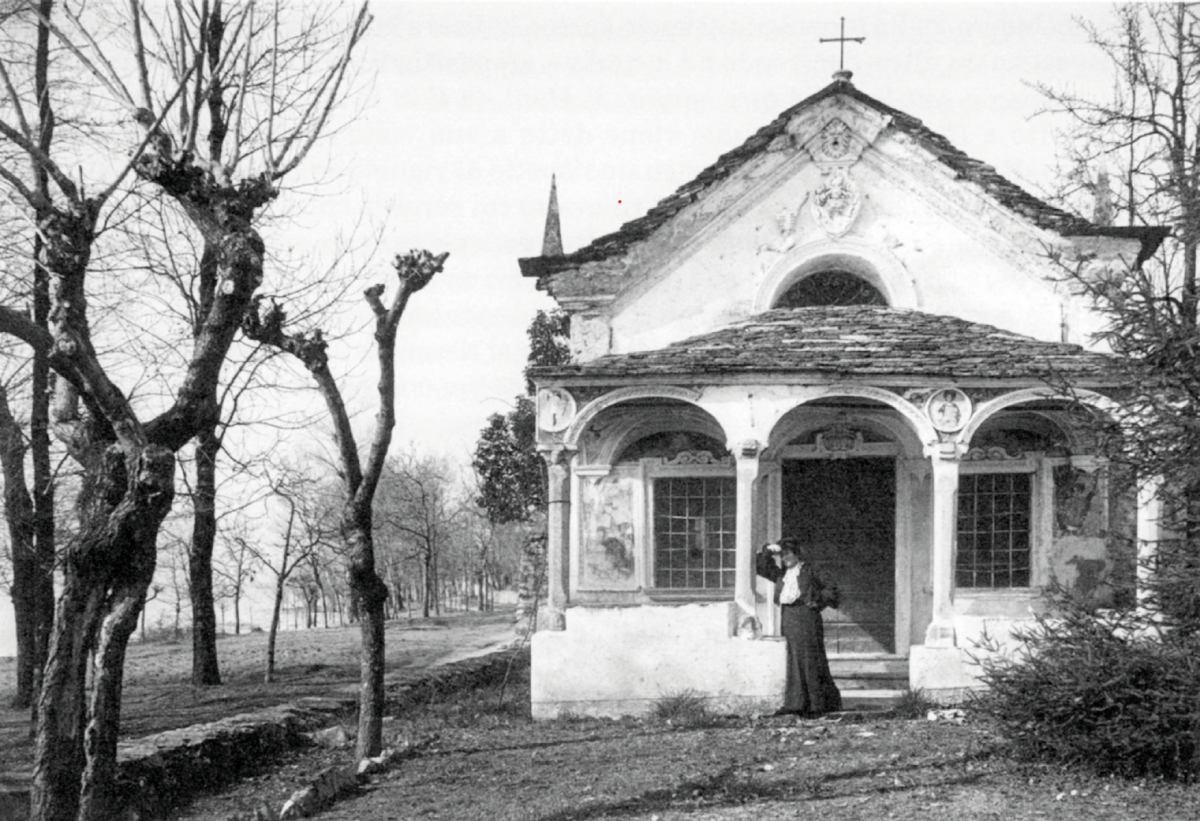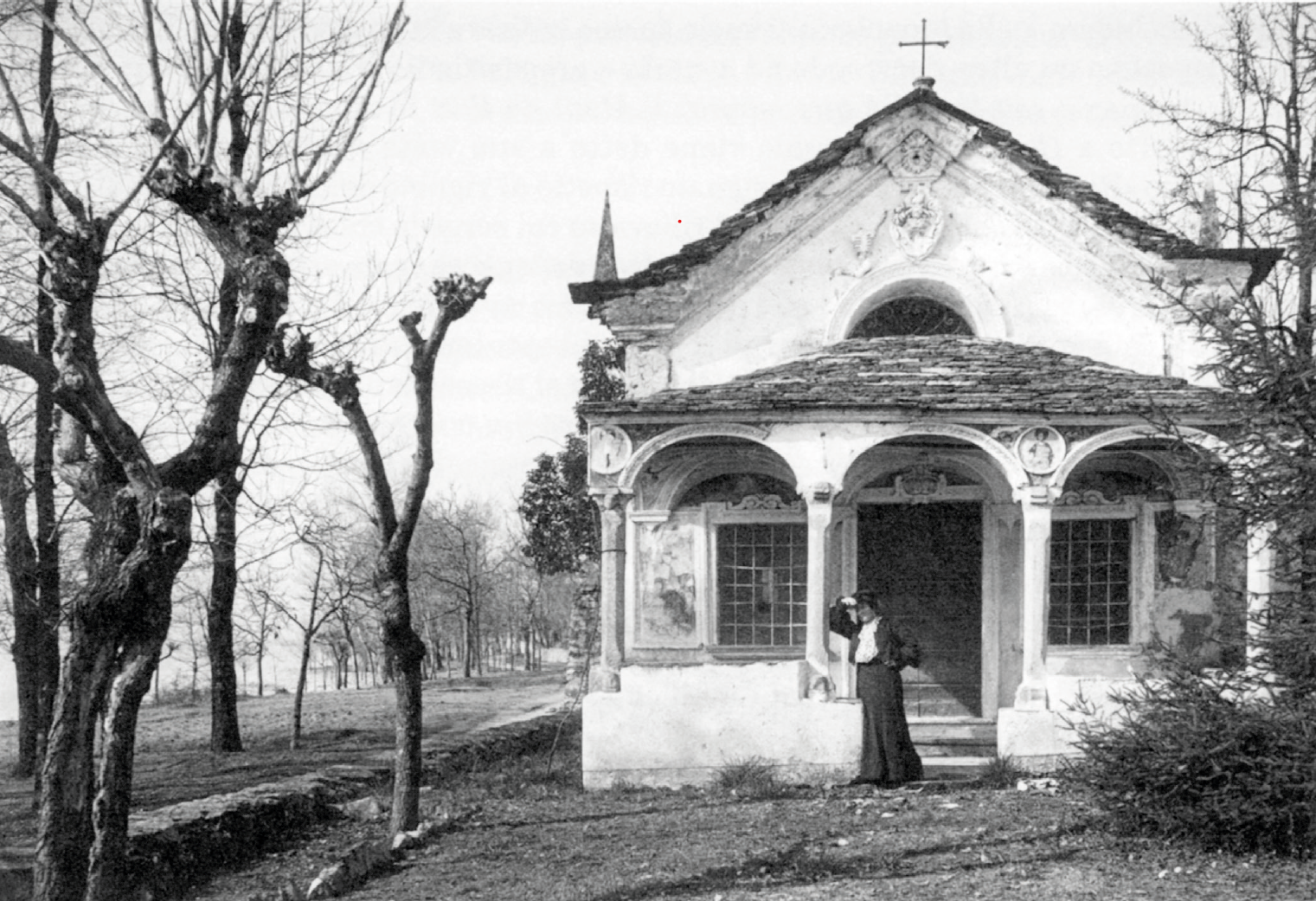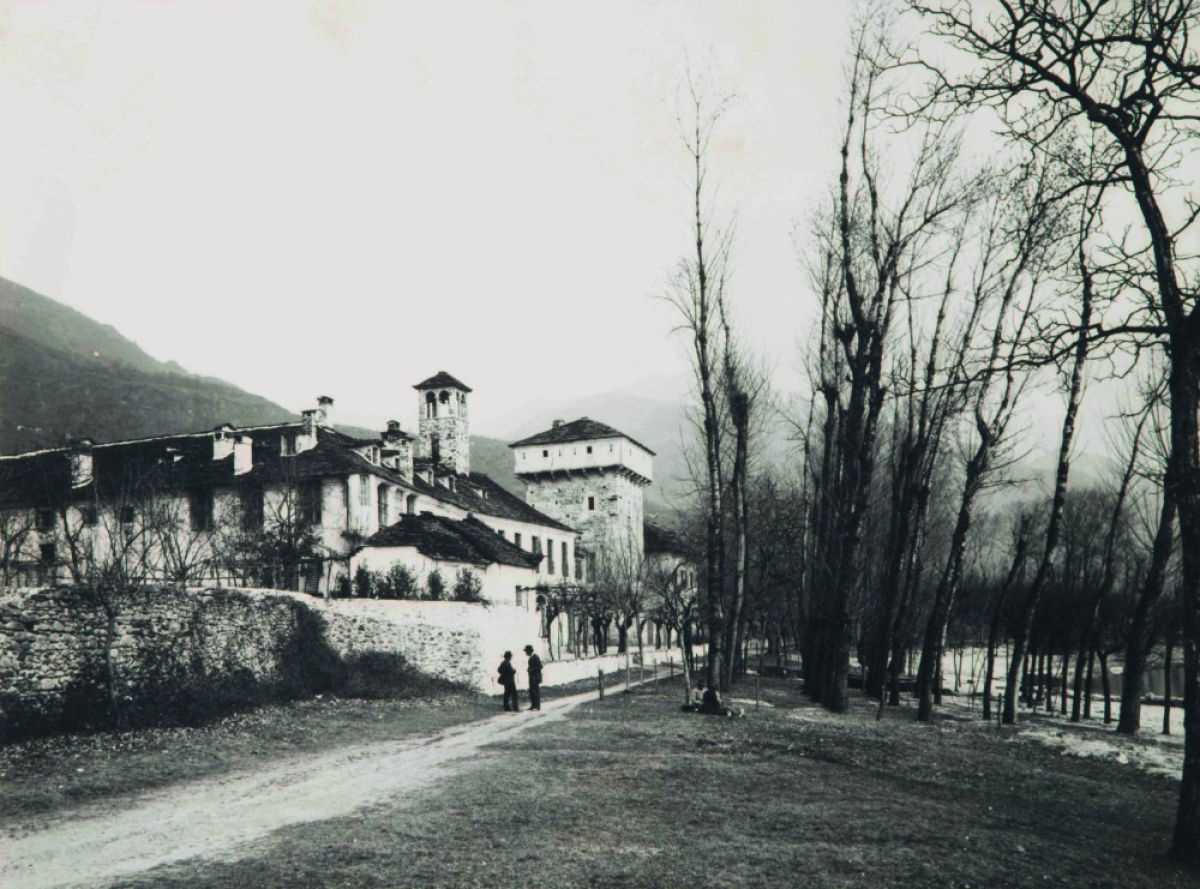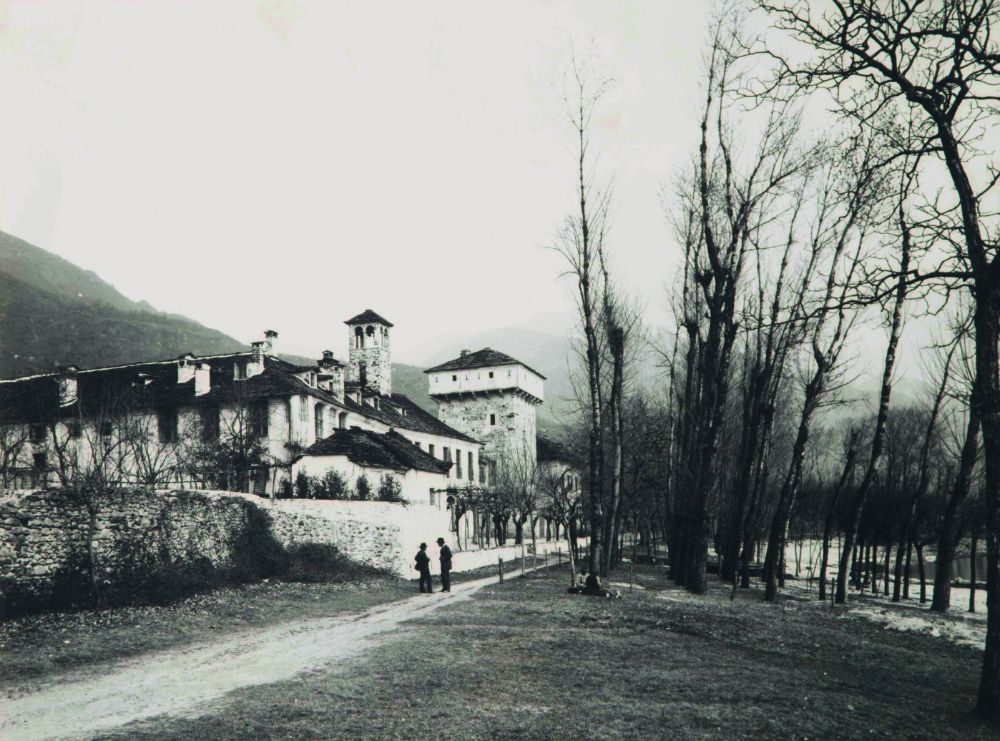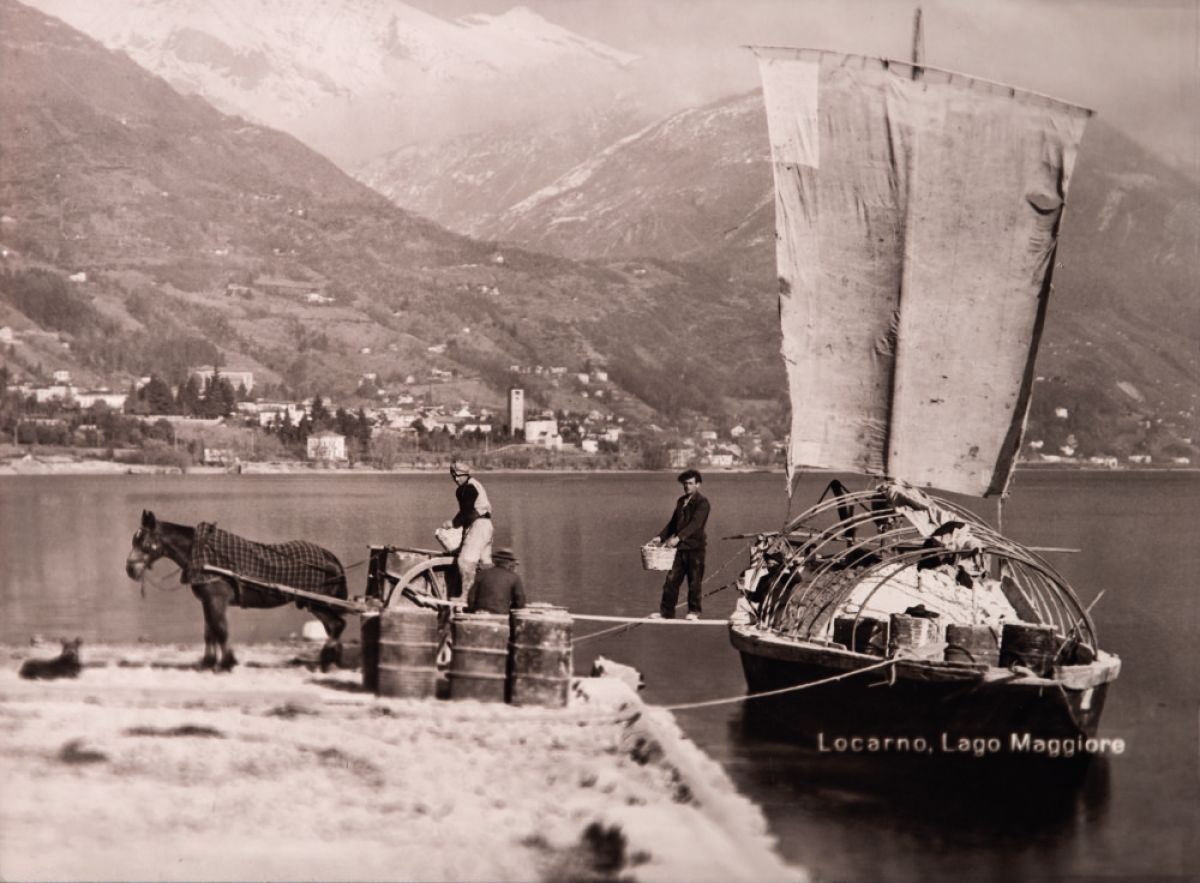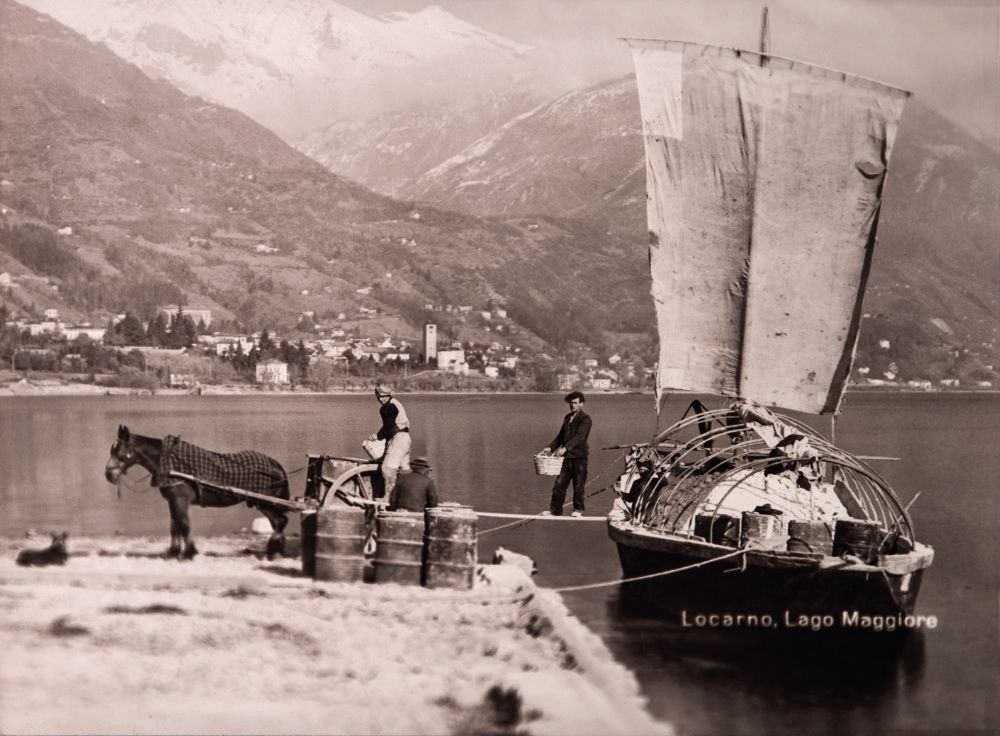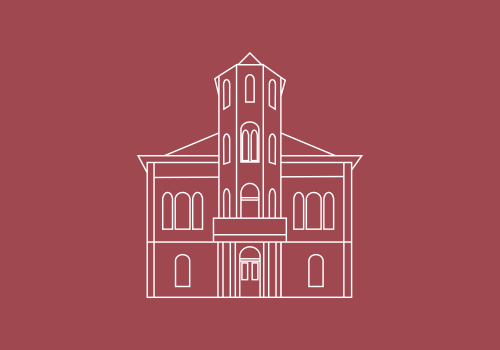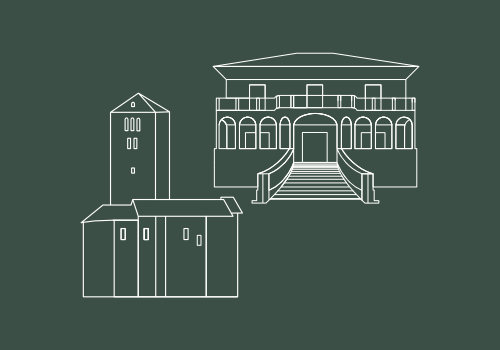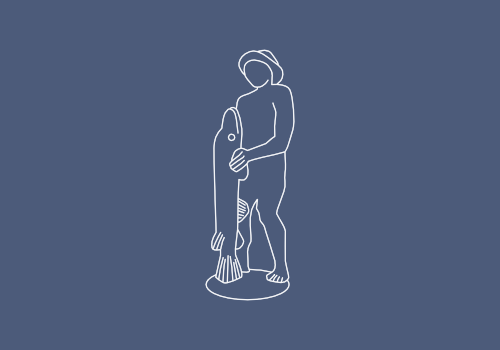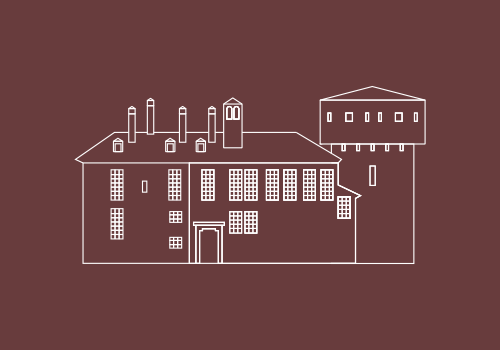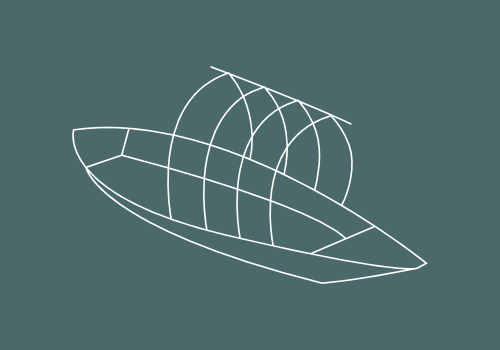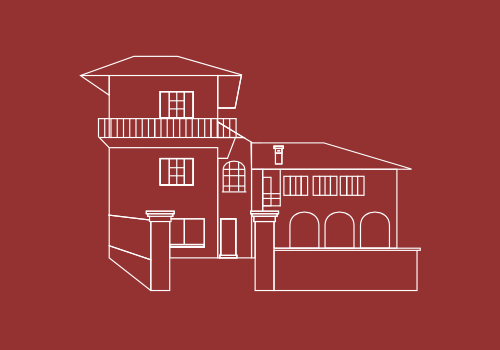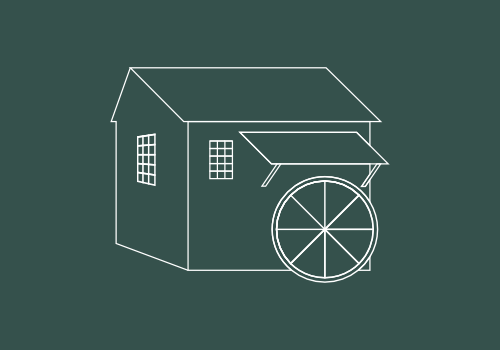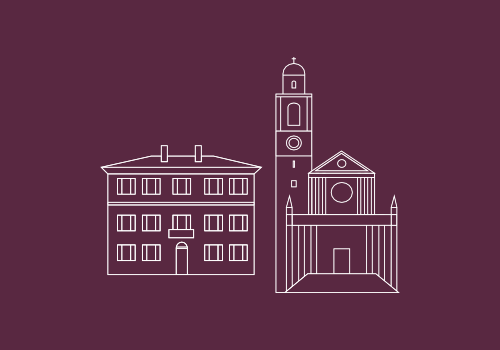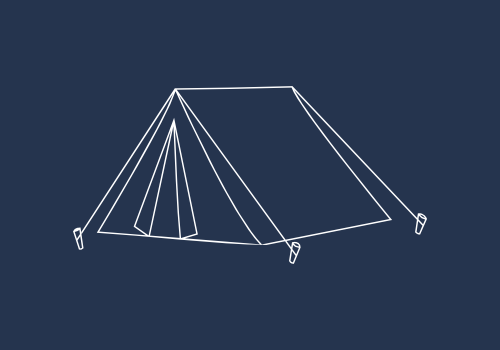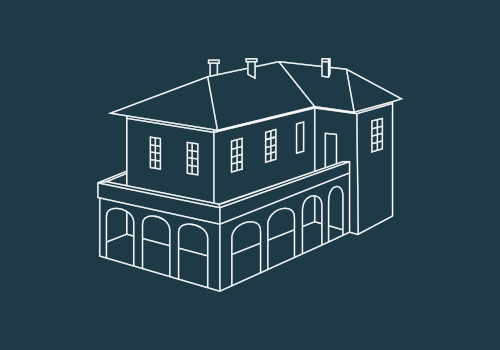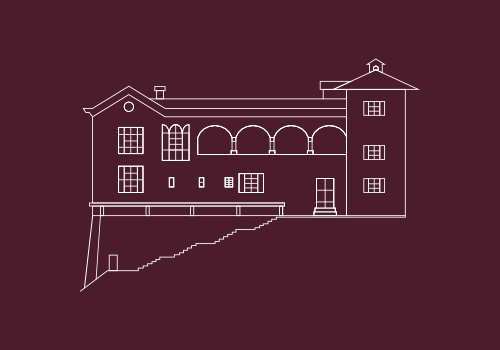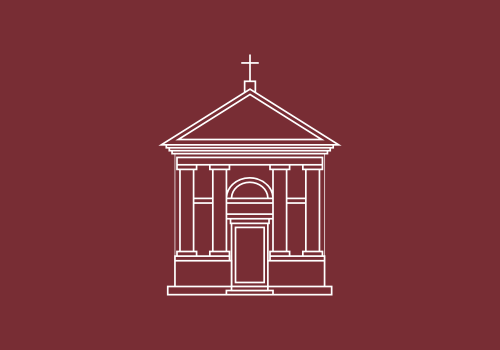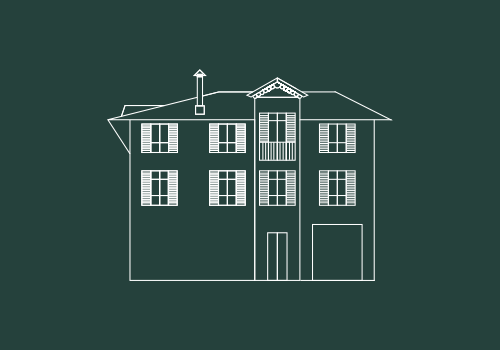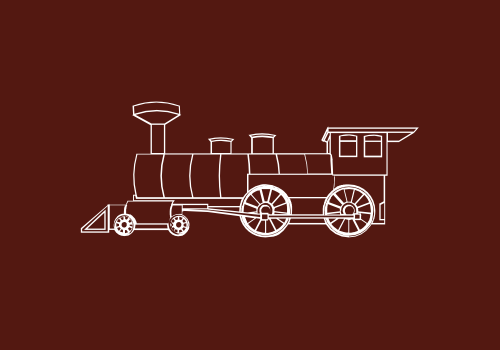Cà di ferro

The historic fortress was built in 1558 by Peter von Pro of canton Uri which he used as a barracks for his mercenaries and as a warehouse. The building was entered in canton Ticino’s list of cultural heritage sites in 1997.
Portrait von Peter A Pro
Peter von Pro, known as ‘a Pro’ (1510 to 1585), was the registrar of the bailiwick of Lugano, a public official of France and a colonel. In addition to serving as a foreign official, he developed a lucrative business trading in wheat and wine which he stored at the Cà di Ferro.
The chapel of the ‘Cà da Fer’, circa 1920
From 1600 onwards the Cà di Ferro was used exclusively as a stately home, initially with an attached farmhouse. The chapel was constructed in the surrounding park in 1629 to 1630 by the Von Roll family as a symbol of the Catholic Reformation and in opposition to the Protestant one. The Baroque-style building is known as ‘Cappella della Madonna dei Sette Dolori’ (The Chapel of Our Lady of Seven Sorrows).
The Cá di Ferro, circa 1920
Cargo boat on the Lake Maggiore
Before the opening of the Gotthard railway in 1882, the lake was the natural route to Lombardy. The cargo transported also included people – mercenaries leaving to fight in or returning from the wars of European rulers in Italy. In 1600 – in addition to soldiers – boys working as chimneysweeps, bricklayers and boilermakers also headed off to work in northern Italy or other European countries. By 1800, the emigrants were also crossing the oceans to reach destinations including Australia, North and South America and Canada.

Bleak (Alburnus arborella)
The bleak is a small fish that grows to 15 cm and lives in schools in calm waters. At the end of the last century (around 1990), its population declined dramatically in Lake Maggiore. As well as its ecological significance – the bleak is at the bottom of the food chain in the lake – it is fried and eaten in large quantities during the fishermen’s festivals.

